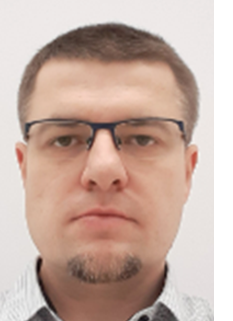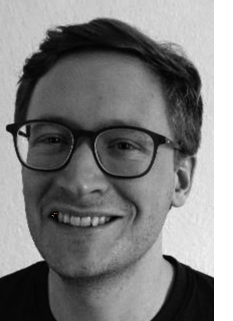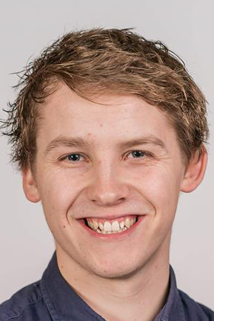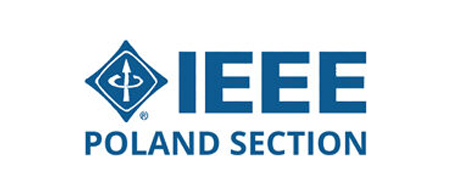TUTORIALS
High-Level Language Implementation of Real-World Systems: A Passive Radar Case Study
 Tutorial Description:
Tutorial Description:
This tutorial delves into the practical aspects of implementing complex real-world systems using high-level programming environments, with MATLAB as the primary example. Focusing on the case study of a passive radar system, the session will guide participants through key design and implementation steps, from signal acquisition to data processing and visualization. Attendees will gain insights into the advantages and challenges of using high-level languages for rapid prototyping, system validation, and performance evaluation. This tutorial is ideal for researchers and engineers looking to bridge the gap between theoretical signal processing concepts and real-world applications.
Airborne passive radar concepts and signal processing techniques
 Tutorial Description:
Tutorial Description:
This tutorial covers airborne passive radar concepts and associated signal processing techniques. It begins with a brief introduction to airborne passive radar, followed by an in-depth discussion on moving target indication using multi-channel arrays mounted on moving platforms that utilize terrestrial transmitters. The presentation will address the theory of clutter suppression, target detection, and the necessary adaptations for processing in multi-channel passive radar systems that use non-cooperative waveforms. Furthermore, the lecture will explore synthetic aperture radar imaging with airborne passive radars and modern passive radar concepts, including space-based illumination.
GeoPAT: Spatial and Temporal Pattern Analysis Using a Similarity Approach
 Tutorial Description:
Tutorial Description:
This tutorial focuses on spatial analysis of categorical and temporal data using a similarity approach. It introduces the Geospatial Pattern Analysis Toolbox (GeoPAT). GeoPAT is a collection of modules for performing pattern-based geospatial analysis on categorical images and other spatial datasets, including spatial time series. GeoPAT has also been successfully used to analyze medical images and periodic signals. This package was developed for NASA as part of a NASA project. The GeoPAT modules implement common spatial algorithms such as query/search, overlay, clustering, and segmentation. Participants will become familiar with the use of a similarity approach to pattern-based spatial analysis. The tutorial will guide them through common processing paths and show them how to apply such an approach to different datasets.
Using Modern Illuminators of Opportunity for Passive Radar Applications
 Tutorial Description:
Tutorial Description:
This tutorial will focus on developing the understanding of advanced principles and concepts using new, modern illuminators of opportunity (IoO). It starts from the basic concepts by discussing the possible illuminators, the impact of the geometry, as well as the passive radar equation. Subsequently, the tutorial will move on to develop advanced topics, where new frontiers in passive radar based on new, modern wideband illuminators of opportunity, such as 5G/6G, Wi-Fi, DVB-S and satellite constellations (e.g., STARLINK, OneWeb, SAR constellations), will be discussed. This includes different standards, challenges, opportunities and limitations, with the focus on modern applications for in passive radars (e.g., target detection, classification, SAR/ISAR imaging), supported by numerous examples of experimental results. By the end of the tutorial, participants will have acquired an understanding relating to passive radar using new wideband illuminators of opportunity, and the required signal processing techniques.
© 2024 Politechnika Warszawska, ISE, Wydział Elektroniki i Technik Informacyjnych, ul. Nowowiejska 15/19, 00-665 Warszawa






